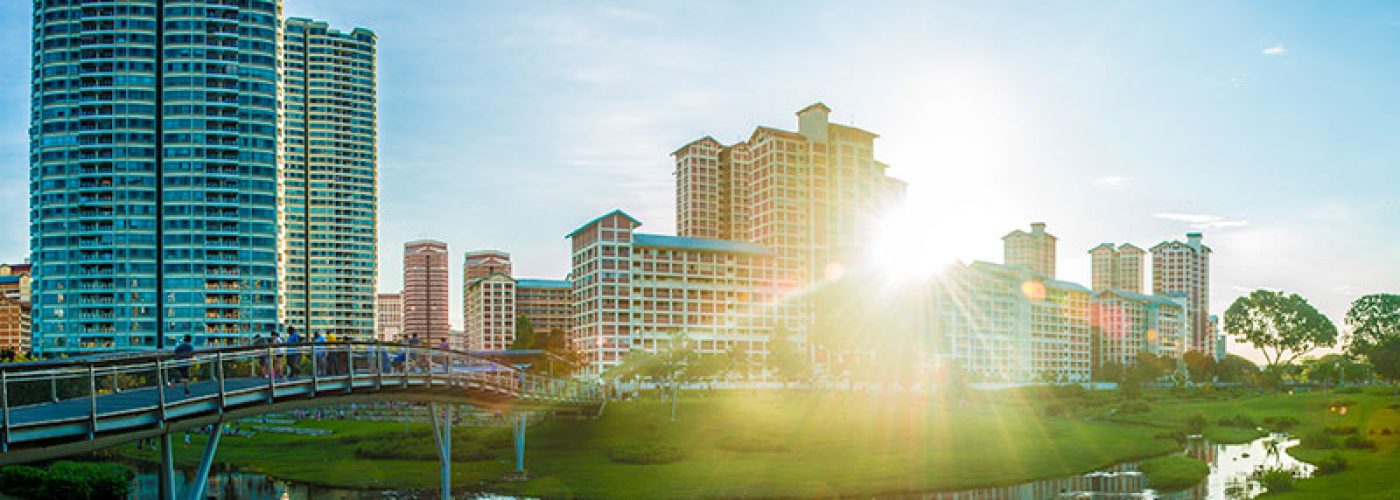As more construction firms pledge to be net-zero by 2050, Richard Robertson, business development director at Cadline, provider of MTWO Complete Construction Cloud, is calling on businesses to utilise technology to create more sustainable workforces.
“It is now an expectation, not just an attractive gesture, for design briefs to incorporate some form of green commitment. Aiming to abolish carbon emissions may seem an ambitious target, but this is mainly down to not having the skills and technology available. Technology is at the forefront of driving change as it directly enables organisations to simulate and predict project costs, times and emissions – ultimately creating more sustainable workforces,” he said.
Richard states that more businesses should use technology to eliminate waste, reduce costs, invest in more sustainable materials and streamline workflow.
Use data to eliminate waste: Poor project planning can lead to over-estimations of materials required, which are then wasted. This is both costly to businesses and detrimental to the environment, if they’re unable to be reused elsewhere.
Although construction makes up 13% of our global GDP it also accounts for 40% of emissions worldwide. By streamlining communications and processes among all stakeholders involved, teams can collaborate better to be more efficient and eliminate waste, ultimately reducing their carbon emissions.
Reduce costs to invest in sustainable materials: Despite being a main component of construction, concrete is in fact one of the least sustainable materials, so it is vital it isn’t used unnecessarily in projects.
Through careful, digital planning of projects, it is easier to make quick adjustments to designs and internal systems. This can minimise the use of resources and utilise spending, so businesses can access and invest in sustainable materials to make buildings more environmentally friendly. Studies have found that ‘green’ buildings can be instrumental in minimising pollution and its impact on our health.
Virtual visits: Sustainability isn’t just limited to the construction of buildings and extends to individual employees’ carbon footprint. By working collaboratively and more holistically, we can deliver huge changes.
Technology allows us to view project sites virtually and remotely and progress can now be uploaded and viewed in real-time, saving the time and cost of sending an inspector to visit a site. If all construction firms adopted this method, it would significantly reduce the amount of travel undertaken. Similarly, employees’ time is freed up and can be allocated to other tasks, streamlining workflow and saving cost on potential additional hires needed.
At least a third of our population is still sceptical about climate change, but the worst action our industry could take is nothing.





